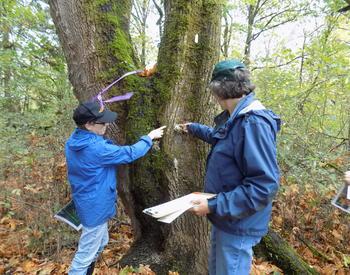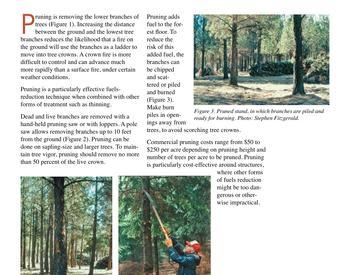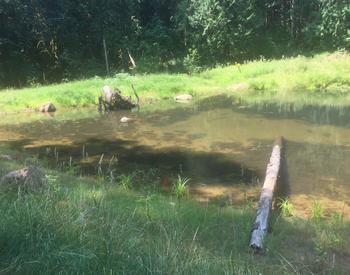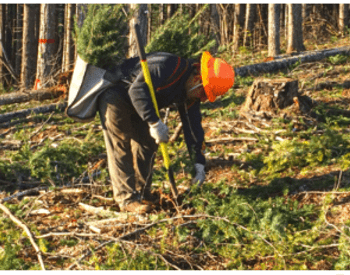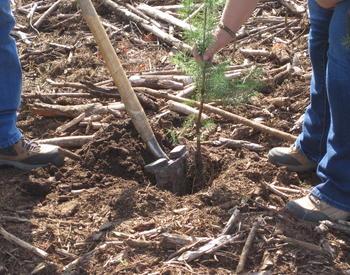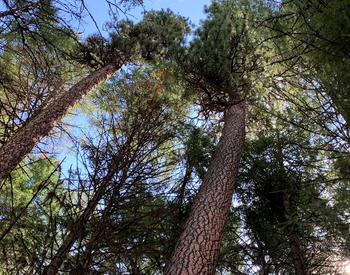Dying or declining trees stand out in contrast to the lush green of a new growing season in the forest. Forest Health Highlights, based on the statewide aerial survey, provides a good annual update on major tree problems and the state of forest health in Oregon.
In western Oregon, the combination of drought stress, bark beetles and root disease continues to account for most of the tree mortality we see. Aside from wildfire, bark beetles and other insects are the most common cause of dying trees across Oregon.
Christine Buhl, an Oregon Department of Forestry forest entomologist, notes that while not every bark beetle infestation will spread, the likelihood is greater when trees are struggling due to drought or root disease. Buhl and other forest entomologists in Oregon and Washington provide some basic guidance for reducing risks due to bark beetles.
Landowners and others in charge of tree care are advised to take special precautions to prevent bark beetle outbreaks and avoid attracting bark beetles to their trees. The first flight of bark beetles usually emerges from infested trees and tree debris beginning in April, with periodic emergence through the summer.
Though bark beetles are native to Oregon forests, recent episodes of drought, fire and storm damage have increased bark beetle hazards. Major tree species affected are Ponderosa pine and Douglas-fir. The recommendations for dealing with bark beetles are different for each tree species.
With pine species, tree debris produced during the spring and summer is highly attractive to breeding bark beetles. When possible, schedule tree work such as thinning, pruning and removal for fall and winter (October–December). Tree debris and slash may be left on the ground during fall and winter (best if it is scattered).
When work on pine trees is done during spring and summer (hazard trees or other urgent needs), tree debris three to eight inches in diameter should be disposed of within two months via chipping, burning or hauling away. For more details, see Slash management for bark beetle protection.
The Douglas-fir beetle prefers larger trees or logs, at least 10 inches in diameter. Local outbreaks of Douglas-fir beetle can be caused when groups of fallen trees or logs are left in the woods. The beetles breed in the down wood and their population may grow large enough to infest green trees nearby after a year or two. Fire-damaged trees may also become infested to hazardous levels.
Recommendations to reduce beetle hazards are to remove fallen trees, logs or infested trees larger than 10 inches in diameter before April of the first or second year after the tree falls. When removal is delayed (or not done), the repellent pheromone MCH can be effective in protecting green trees in the area. For more information, read Douglas-fir beetle and MCH for Douglas-fir beetle management.
If a standing tree is completely dead and brown (dead for one year or more), bark beetle hazards are minimal. In this case, if trees are not considered hazardous, leaving dead trees standing is quite beneficial for wildlife.
